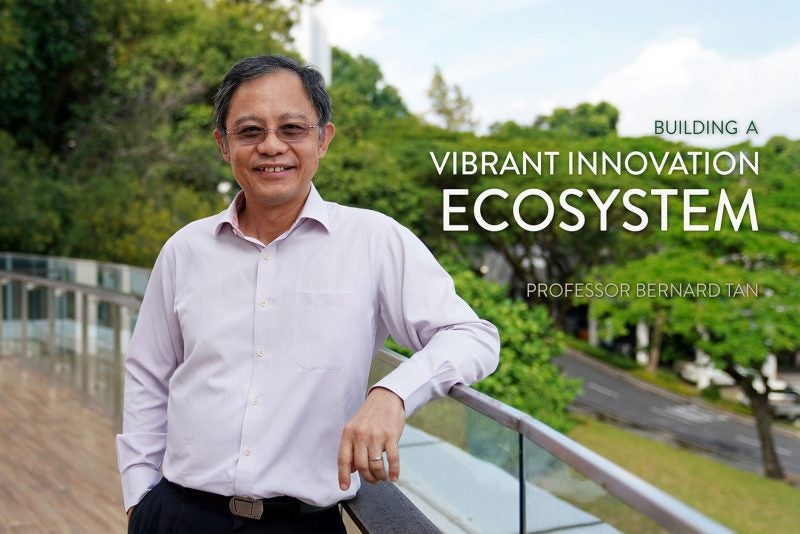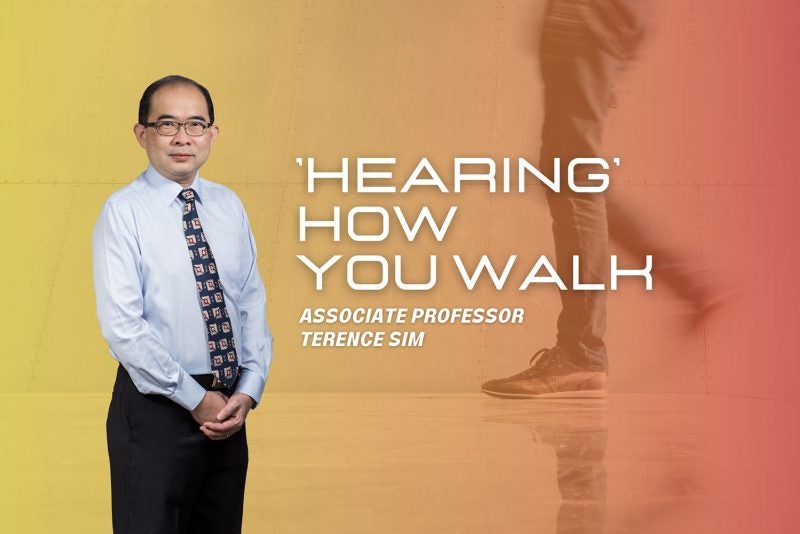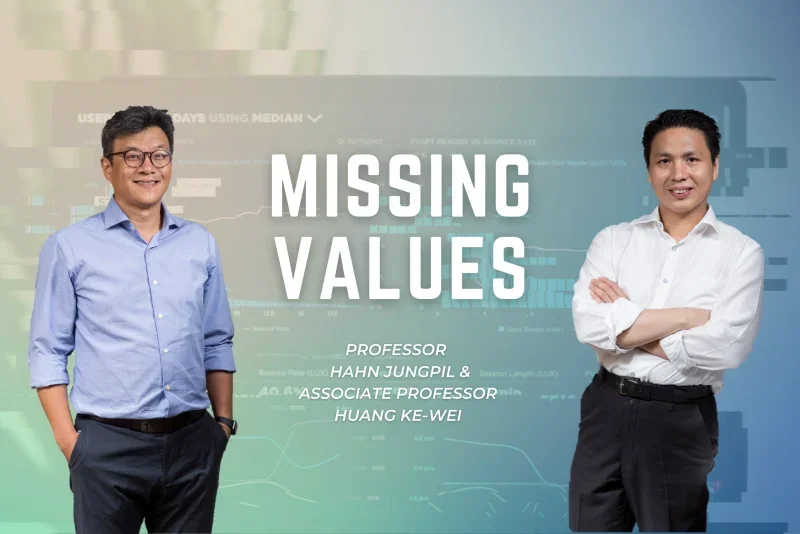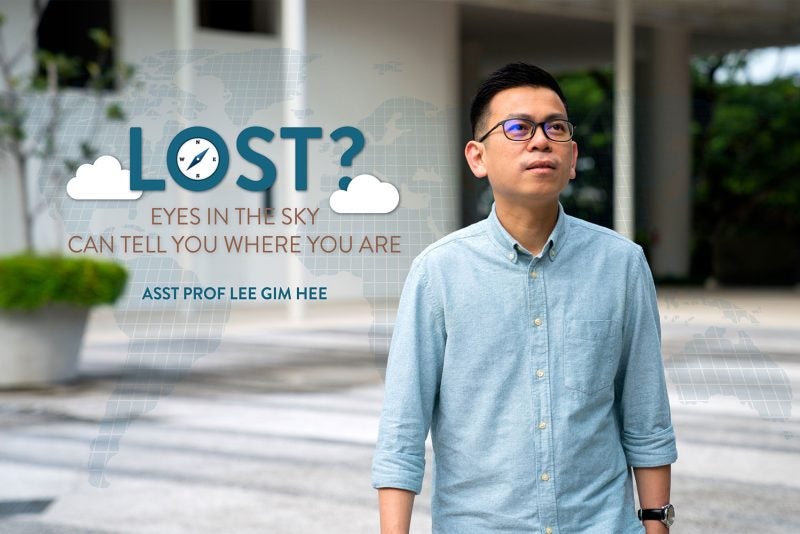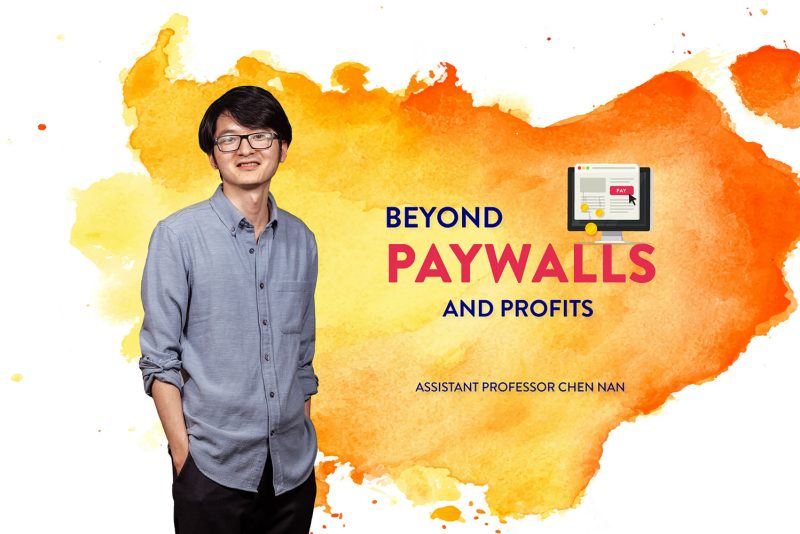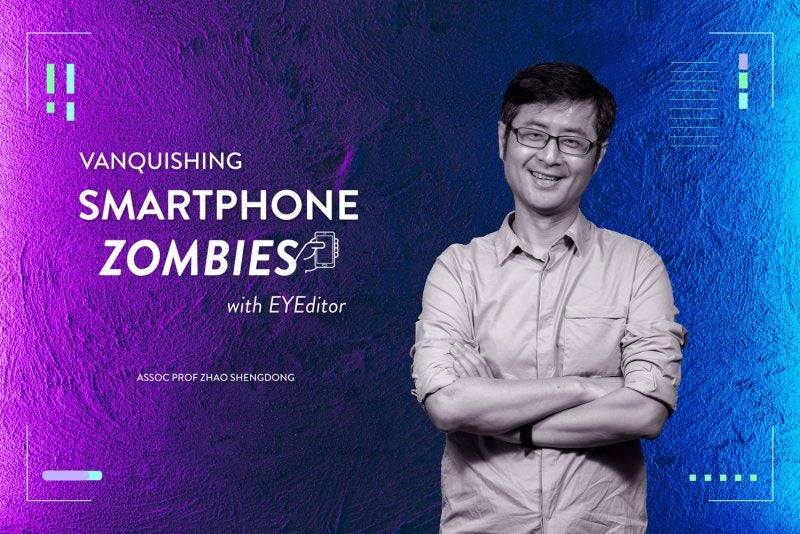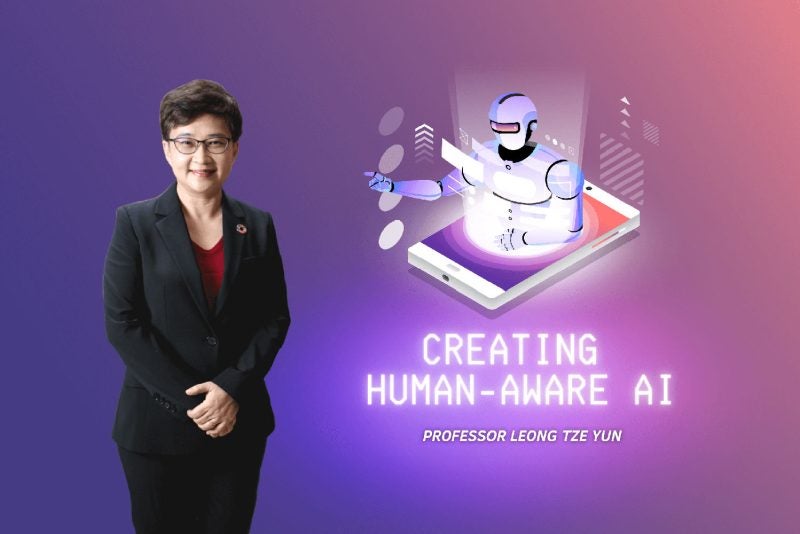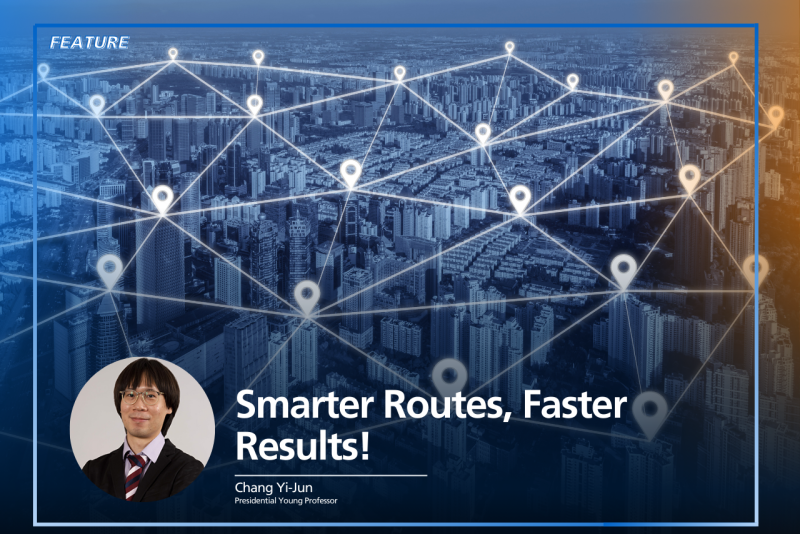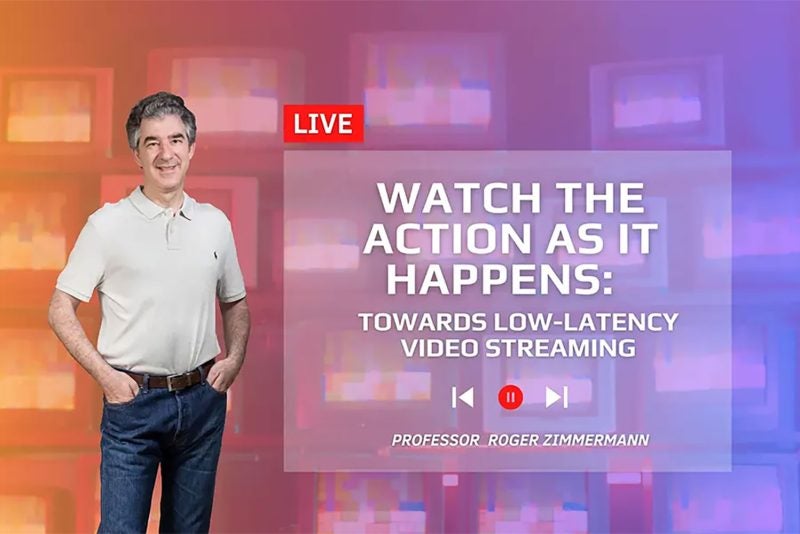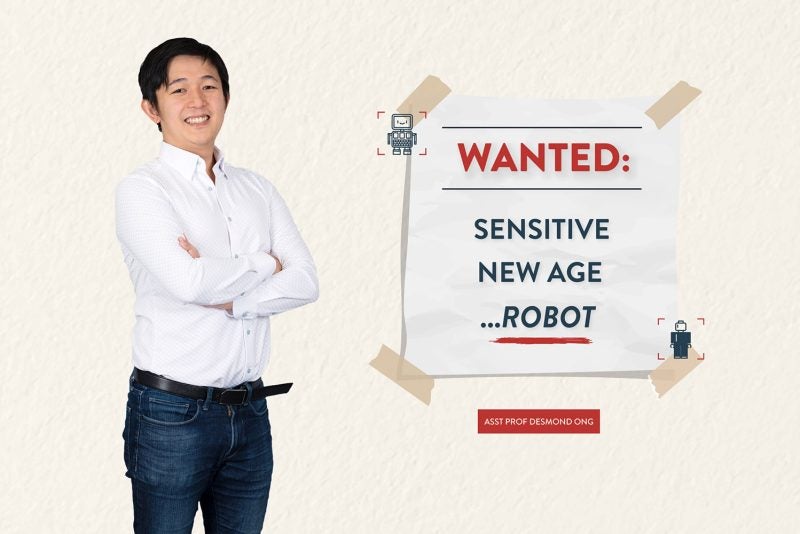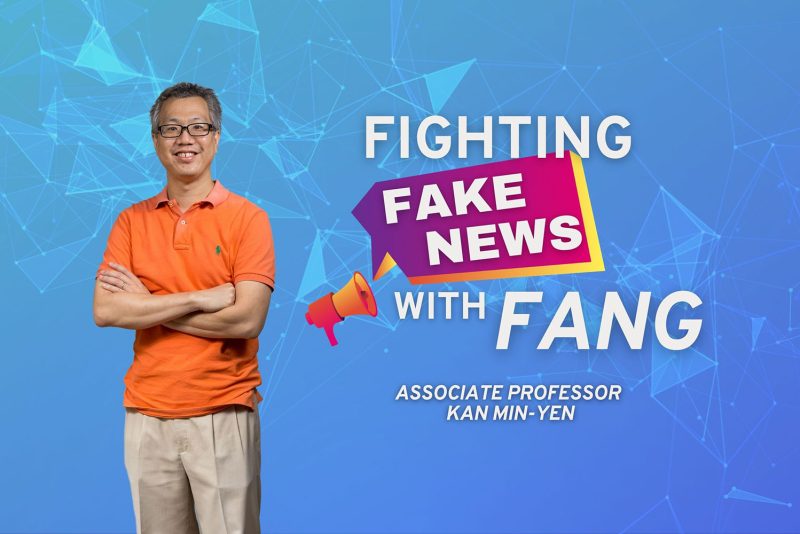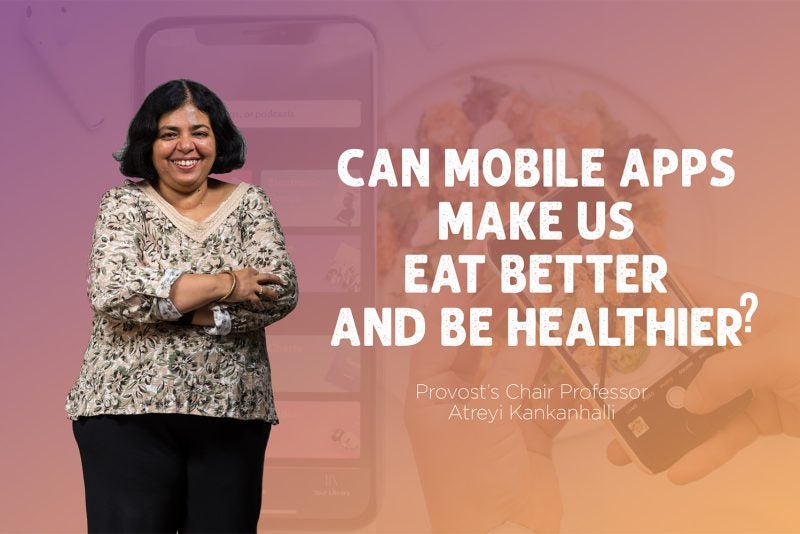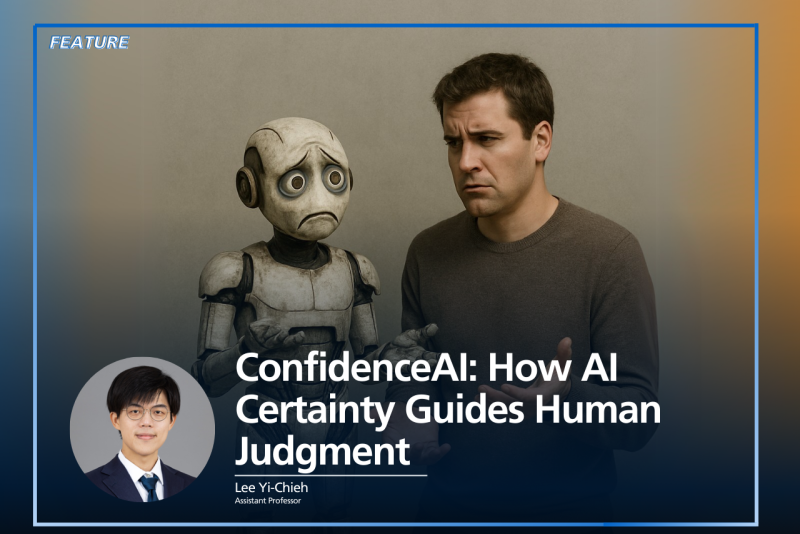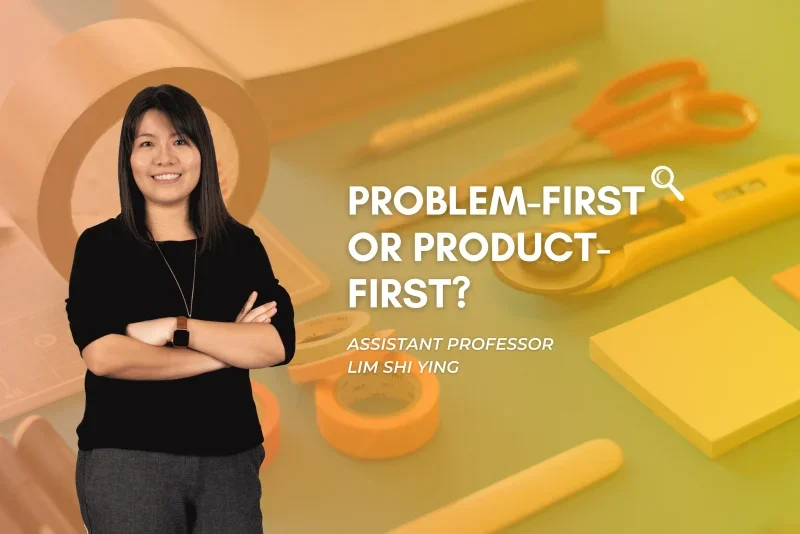Those of us who don’t belong to Gen Z or Alpha may recall simpler times, when there were no smartphones or internet, and the only news we got was via word of mouth and through the smattering of newspapers, television or radio channels that we could count on one hand. Our world today couldn’t look any different: there’s streaming on demand 24/7, an endless array of online news sites, and never-imagined-before ways to glean information, including TikTok, Facebook, and other forms of social media.
You would think that this much choice would result in us being more well-rounded, open-minded, and appreciative of diverse viewpoints. But the irony is that “we are getting into an era where there’s so much fake information and some people find themselves in things like echo chambers,” says Professor Anthony Tung, a computer scientist at NUS Computing, referring to environments where individuals are exposed only to information and opinions that align with, and reinforce, their existing opinions and beliefs.
To combat this, Tung and his lab members have spent the past two years developing DiversiNews, a tool that offers users an alternative way of consuming news. Its landing page greets visitors with an assemblage of political stories amassed from numerous media outlets — liberal, conservative, and everything in between. The aim? To expand one’s information bubble. “It’s a system designed to diversify news consumption by providing readers with news articles that are not only relevant to their interests, but also offer a variety of viewpoints,” says Tung.
“As a professor, one of my aims is to open up people’s minds,” he explains. “One of the main obstacles to communication isn’t language per se, but our upbringing and what we experience in life.”
“The whole concept of DiversiNews is to help people communicate better,” says Tung. “The existence of this tool will tell people it’s possible to see things from more than one angle. And that even if you don’t agree with someone else, you can agree to disagree.”
Dangerous echoes
Echo chambers have long existed in the real world (just think of how people usually socialise with those who have similar backgrounds and educational levels to them). But they are especially prevalent in the virtual one, where everything from our Facebook feeds and Google searches are tailored, through our likes, clicks, and interactions, to deliver personalised content — including the type of news we prefer to read or watch.
“In today’s digital age, the way we consume news shapes our views, opinions, and the society we live in,” says Tung. “People tend to turn to things that share their own angle and believe what they want to believe.” This is precisely why echo chambers are so dangerous: they limit people’s exposure to diverse viewpoints, encourage the spread of false or misleading information, and amplify extreme beliefs — all of which serve to deepen societal divisions and increase hostility between groups with differing viewpoints.
Echo chambers can have resounding effects. Some experts blame them for encouraging anti-vaccine sentiment during the Covid-19 pandemic, driving the growing polarisation between young men and women worldwide, and influencing election results the world over, from the U.S. to India and the Philippines. Their influence on the political front is particularly notable, with surveys showing how 1 in 7 Americans inhabit “partisan echo chambers”, where they only consume TV news that reinforce their existing political and social biases. Similarly, 6 to 8% of the British public fall into politically partisan online news echo chambers.
Diverse viewpoints
Alarmed by these developments, Tung — together with his PhD student Yiqun Sun, senior research fellow Qiang Huang, and collaborator Yanhao Wang from East China Normal University — decided to develop DiversiNews.
The team began by collecting a vast array of more than 250,000 news articles, focusing on U.S. politics for ease of accessibility. They then encoded each story into vectors, and gave each one a bias ranking based on the media outlet it appeared in. Stories from Fox News and Breitbart News, for instance, were marked as ‘right’ and ‘conservative’, while those from outlets like NBC were deemed more left-leaning.
Next, they created a landing page for DiversiNews, designing its interface to resemble a social media news feed. “Users can scroll through and explore news articles, and select the ones they’re interested in based on the headlines,” explains Tung.
Selecting an article directs them to what he calls an ‘enriched news page’ where a reader can find out more about the piece, including how biased its political content is. The page is presented as a split view, with the chosen article on the left and a list of related articles on the right.
The latter also contains a slider bar positioned at the top of the screen that’s labelled with ‘Relevancy’ and ‘Diversity’ on opposite ends. Moving the bar towards the former allows the user to retrieve articles similar in content to his chosen story of interest, allowing him to verify its authenticity and cross-check its claims. On the other hand, dragging the bar towards ‘Diversity’ presents the reader with articles from publications positioned on the opposite end of the political spectrum.
For instance, a reader may have initially selected a story from the left-leaning media outlet Salon titled ‘White House sends “oppo dump” in attempt to discredit Fauci after he disputes Trump on coronavirus’ — a piece that heavily criticises the Trump administration’s attempts to discredit Dr Anthony Fauci, the public face of America’s pandemic response, as politically motivated. DiversiNews, Tung explains, can direct a reader to articles from more conservative outlets that offer a more neutral tone on Fauci’s emails, for example a piece from The Hill with a less incendiary title ‘White House targets Fauci as virus cases surge.’
“DiversiNews can provide you with a broader context because it allows you to see how other news outlets report on the same piece of news, exposing you to different viewpoints,” says Tung. “It challenges biases, promotes critical thinking, and lets you form a more extensive understanding of relevant events.”
A life jacket
For now, DiversiNews remains a test version. But Tung and the team hope to get it online by mid-2025. They’re working to improve it further, and to expand its coverage to political news from other countries, including Singapore, which is expected to hold elections later this year.
Tung’s creation makes him think of the old Chinese folk tale involving Da Yu, legendary founder of Xia, China’s oldest dynasty. According to legend, Yu saved his people from disastrous flooding, successfully diverting the Yellow River by providing outlets for it to flow into the sea rather than damming it up as his father had done before. “The news and information flow, especially from generative AI, is a bit like the water flooding,” says Tung.
“You can’t stop it from coming, but you can give people something to help themselves, to sift through news that is wrong or false,” he says. “For me, DiversiNews is like a life jacket.”




